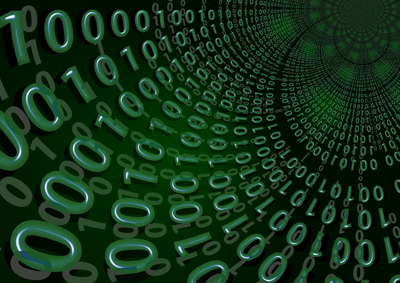Low error-rate detector system for telecommunications

NIST scientists have devised an experimental photon-detection system for communications with error rates far below even the most ideal conventional designs.
Telecomm networks need to move trillions of bits per second in the form of light pulses sent over fiber-optic lines, with information encoded in increasingly complex states of the pulses. Ensuring transmission fidelity in those conditions will demand ever-lower detector error rates. But even state-of-the-art receivers are approaching their design sensitivity limits.
The system developed in PML's Quantum Optics Group and reported in Nature Photonics combines two major innovations: adaptive measuring, which successively samples the incoming signal in comparison an adjustable reference beam which is optimized with each sample; and photon-number resolving (PNR) detectors, which allow more accurate noise reduction and state discrimination.
The system's error probability for pulses of about 20 photons is 25 times lower than even the best possible conventional receivers, with better performance likely as photon numbers increase. In practical use, it could lead to lower energy consumption, longer network links without signal-boosters, and higher-capacity links.
More information: "Photon number resolution enables quantum receiver for realistic coherent optical communications."Nature Photonics (2014) DOI: 10.1038/nphoton.2014.280
Journal information: Nature Photonics
Provided by National Institute of Standards and Technology




















